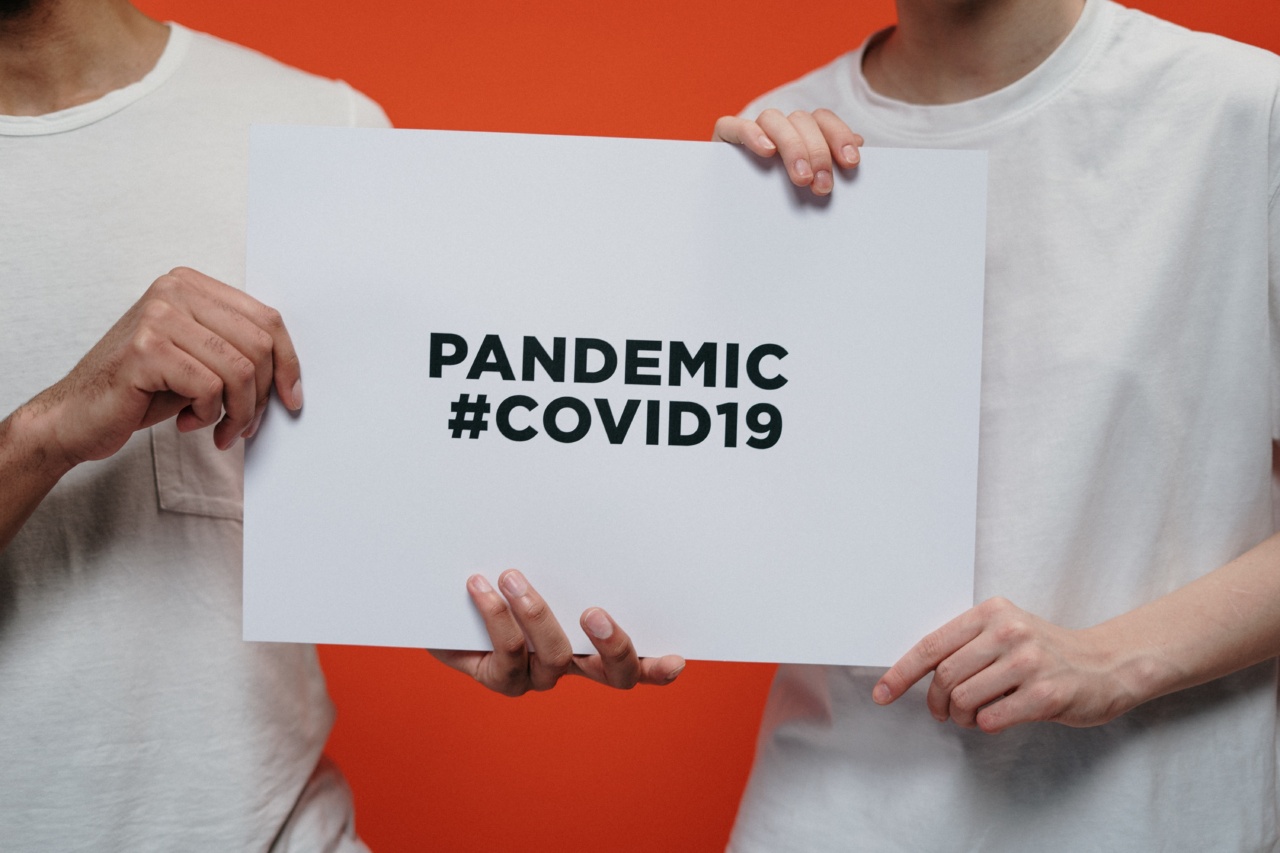Fungal infections, also known as mycoses, can affect various parts of the body, leading to a range of health problems. Fungi are organisms that exist everywhere in the environment, including the air, soil, water, and plants.
While most fungi are harmless, certain species can cause infections in humans, particularly those with weakened immune systems or compromised skin integrity.
1. Athlete’s Foot
Athlete’s foot, also known as tinea pedis, is a common fungal infection that affects the feet, especially the areas between the toes. It is characterized by itching, redness, cracking, and peeling of the skin.
The infection is highly contagious and can be contracted from contaminated surfaces or through direct contact with an infected person. Keeping the feet clean and dry, wearing breathable footwear, and avoiding sharing personal items like socks and towels can help prevent this condition.
2. Ringworm
Ringworm, or tinea corporis, is a fungal infection that affects the skin on various parts of the body, causing ring-shaped rashes. It is highly contagious and can be transmitted through direct contact with an infected person, animal, or object.
Symptoms include red, itchy, and scaly patches that gradually expand outward. Antifungal creams or oral medications are typically used for treatment, along with maintaining good personal hygiene and avoiding sharing personal items.
3. Candidiasis
Candidiasis, or a yeast infection, is caused by the fungus Candida. It commonly affects moist areas of the body, such as the mouth (oral thrush) and genital areas (vaginal or penile yeast infection).
Symptoms may include itching, redness, swelling, and the formation of white patches or discharge. Treatment typically involves antifungal medications, maintaining good hygiene, and avoiding irritants such as tight-fitting clothing or excessive moisture.
4. Onychomycosis
Onychomycosis is a fungal infection that affects the nails, causing thickening, discoloration, and brittleness. It is more common in toenails than fingernails and is often caused by dermatophytes, a group of fungi.
The infection can spread from one nail to another if left untreated. Treatment options include oral antifungal medications, topical solutions, or, in severe cases, surgical removal of the affected nail.
5. Pneumocystis Pneumonia
Pneumocystis pneumonia (PCP) is a serious fungal infection that primarily affects individuals with weakened immune systems, such as those with HIV/AIDS or undergoing immunosuppressive therapy.
PCP can cause severe respiratory symptoms, including cough, fever, chest pain, and difficulty breathing. Prompt diagnosis and treatment with specific antimicrobial drugs are crucial in managing this potentially life-threatening infection.
6. Aspergillosis
Aspergillosis is an infection caused by the fungus Aspergillus. It primarily affects individuals with weakened immune systems, but can also affect those with underlying lung conditions, such as chronic obstructive pulmonary disease (COPD) or asthma.
Invasive aspergillosis can lead to severe respiratory symptoms, while allergic aspergillosis can cause respiratory allergies and sinus problems. Treatment depends on the severity and type of infection and may include antifungal medications or surgical intervention.
7. Histoplasmosis
Histoplasmosis is a fungal infection caused by inhaling spores of the fungus Histoplasma capsulatum, commonly found in soil contaminated with bird or bat droppings.
While most people show no symptoms or have mild flu-like symptoms, individuals with weakened immune systems are at greater risk of developing severe forms of the infection, affecting various organs, including the lungs, liver, and spleen. Treatment options may include antifungal medications, particularly for those with severe or disseminated histoplasmosis.
8. Cryptococcosis
Cryptococcosis is a fungal infection caused by the fungus Cryptococcus, often found in bird droppings and soil contaminated with such droppings. It primarily affects individuals with weakened immune systems, particularly those with advanced HIV/AIDS.
The infection primarily involves the lungs and central nervous system, resulting in respiratory and neurological symptoms. Treatment usually involves antifungal medications, and in cases of severe infection, may require hospitalization.
9. Mucormycosis
Mucormycosis is a rare but serious fungal infection caused by a group of molds called Mucorales. It can affect various parts of the body, including the sinuses, lungs, brain, and gastrointestinal tract.
Individuals with uncontrolled diabetes, weakened immune systems, or recent trauma or surgery are at increased risk. Symptoms and treatment vary depending on the site of infection, but may include surgical removal of affected tissue and antifungal medications.
10. Tinea Versicolor
Tinea versicolor is a superficial fungal infection that causes discolored patches on the skin. It is caused by the fungus Malassezia and commonly affects the chest, back, and shoulders.
The patches may be lighter or darker than the surrounding skin and may become more noticeable with sun exposure. Treatment options include antifungal creams, shampoos, or oral medications, along with good skin hygiene and avoiding excessive sweating.
It is essential to promptly seek medical attention if you suspect a fungal infection, as accurate diagnosis and appropriate treatment can help prevent complications and ensure a quicker recovery.
Maintaining good personal hygiene, avoiding sharing personal items, and keeping the environment clean and dry are vital in preventing fungal infections. If you have a weakened immune system or are at higher risk, take additional precautions to minimize exposure to fungi and follow any recommendations provided by your healthcare provider.






























